PDF] Dry Socket Etiology, Diagnosis, and Clinical Treatment Techniques
5 (717) · $ 6.50 · In stock
How microscope level loupe magnification of 6× to 8× or greater, combined with co-axial illumination or a dental operating microscope, facilitate more precise treatment of dry socket lesions is shown. Dry socket, also termed fibrinolytic osteitis or alveolar osteitis, is a complication of tooth exodontia. A dry socket lesion is a post-extraction socket that exhibits exposed bone that is not covered by a blood clot or healing epithelium and exists inside or around the perimeter of the socket or alveolus for days after the extraction procedure. This article describes dry socket lesions; reviews the basic clinical techniques of treating different manifestations of dry socket lesions; and shows how microscope level loupe magnification of 6× to 8× or greater, combined with co-axial illumination or a dental operating microscope, facilitate more precise treatment of dry socket lesions. The author examines the scientific validity of the proposed causes of dry socket lesions (such as bacteria, inflammation, fibrinolysis, or traumatic extractions) and the scientific validity of different terminologies used to describe dry socket lesions. This article also presents an alternative model of what causes dry socket lesions, based on evidence from dental literature. Although the clinical techniques for treating dry socket lesions seem empirically correct, more evidence is required to determine the causes of dry socket lesions.
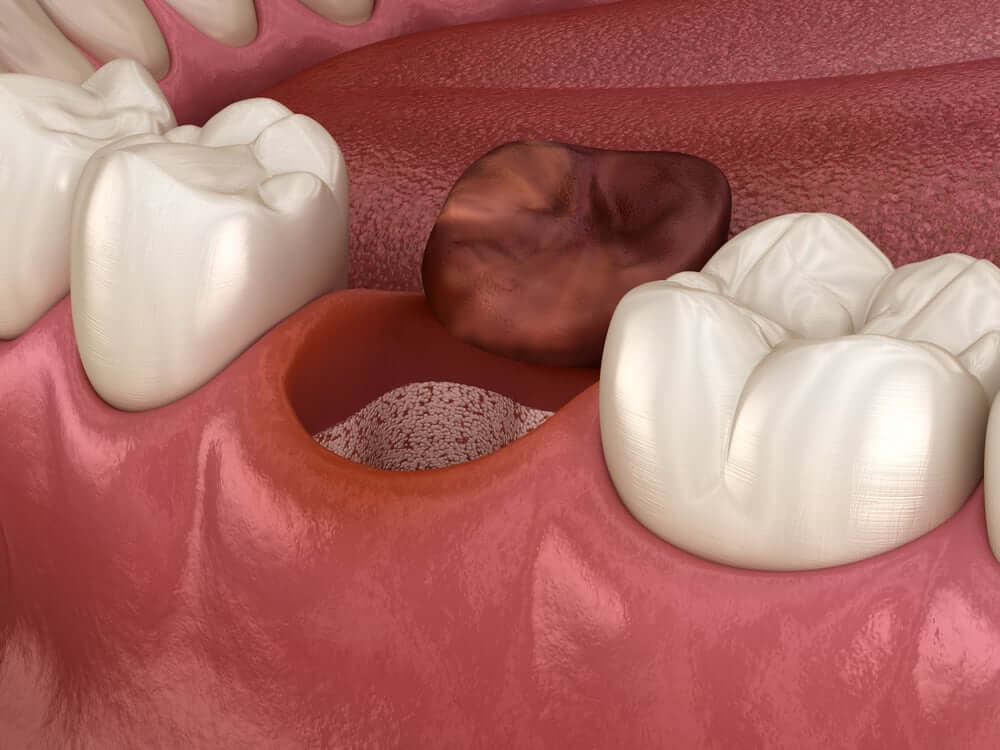
Dry Socket: Symptoms, Causes, Prevention & Treatment

Dry socket

PDF) Painful dry socket: an alternative perspective

Dry socket
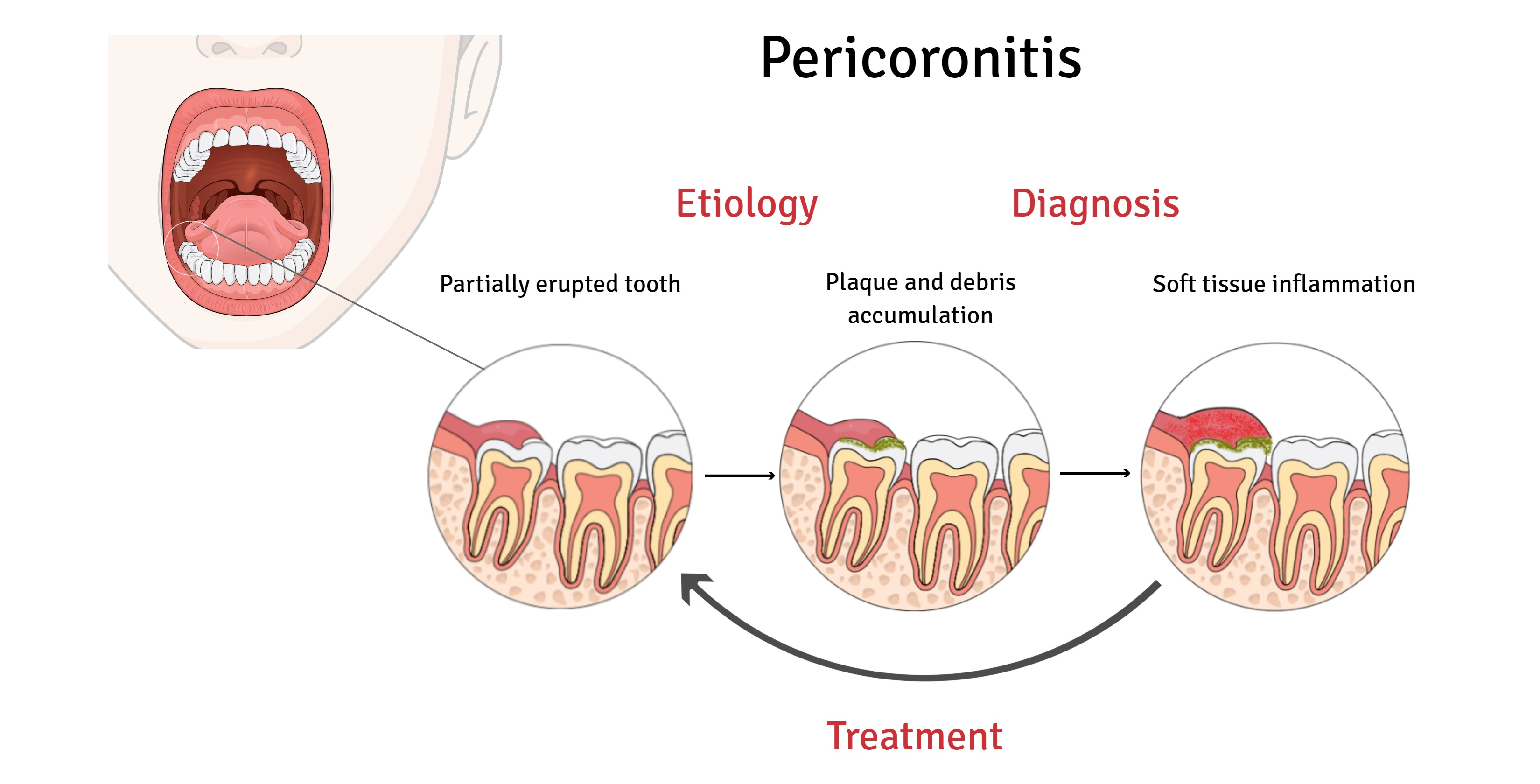
IJERPH, Free Full-Text

PDF] Factors affecting incidence of dry socket: a prospective

Dry Socket: Causes, Symptoms, Treatment, and More
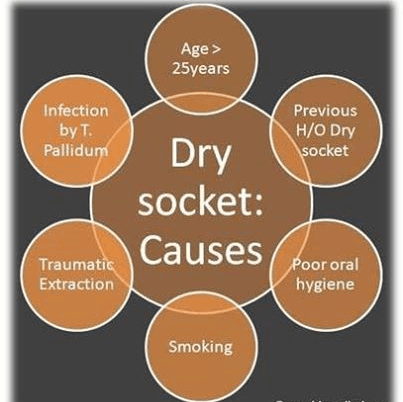
Dry Socket: Causes, Symptoms, & Treatments – Sabka Dentist – Top

PDF) Curettage versus Zinc Oxide Eugenol as a Treatment Modality

dry socket
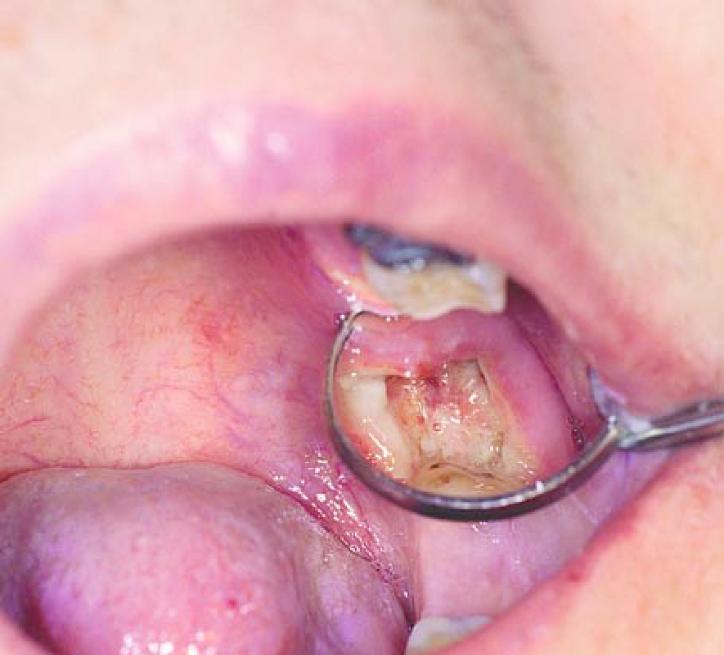
Dry Socket – Exodontia
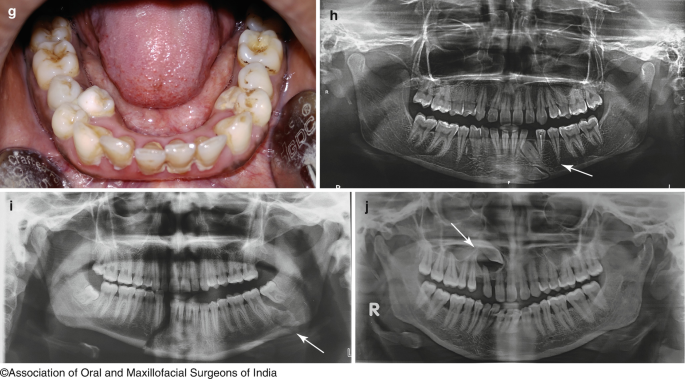
Principles and Techniques of Exodontia






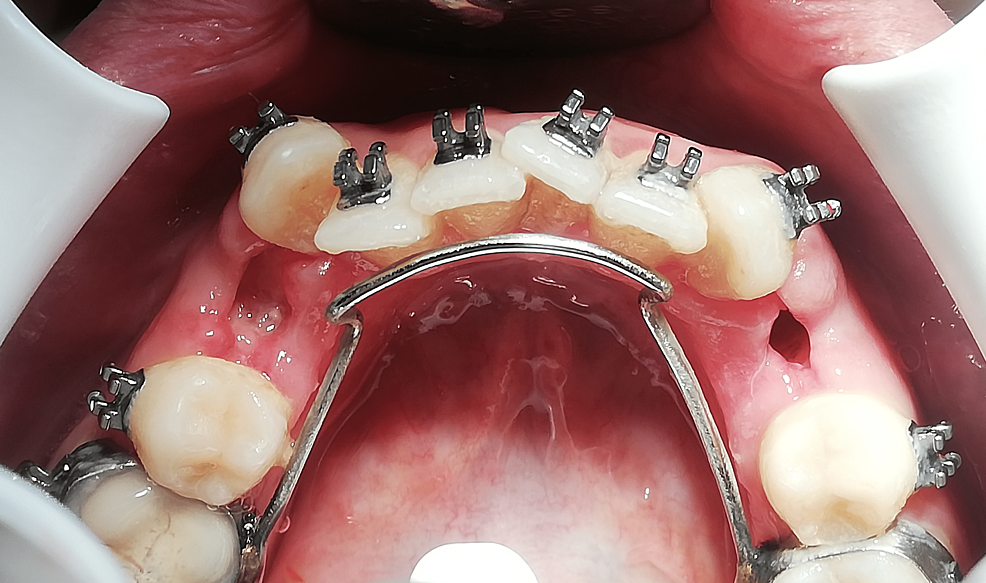
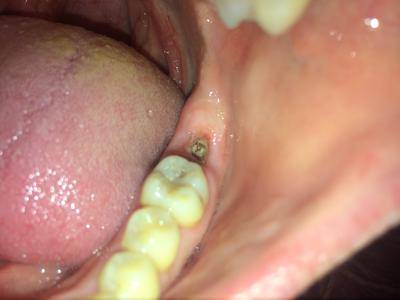


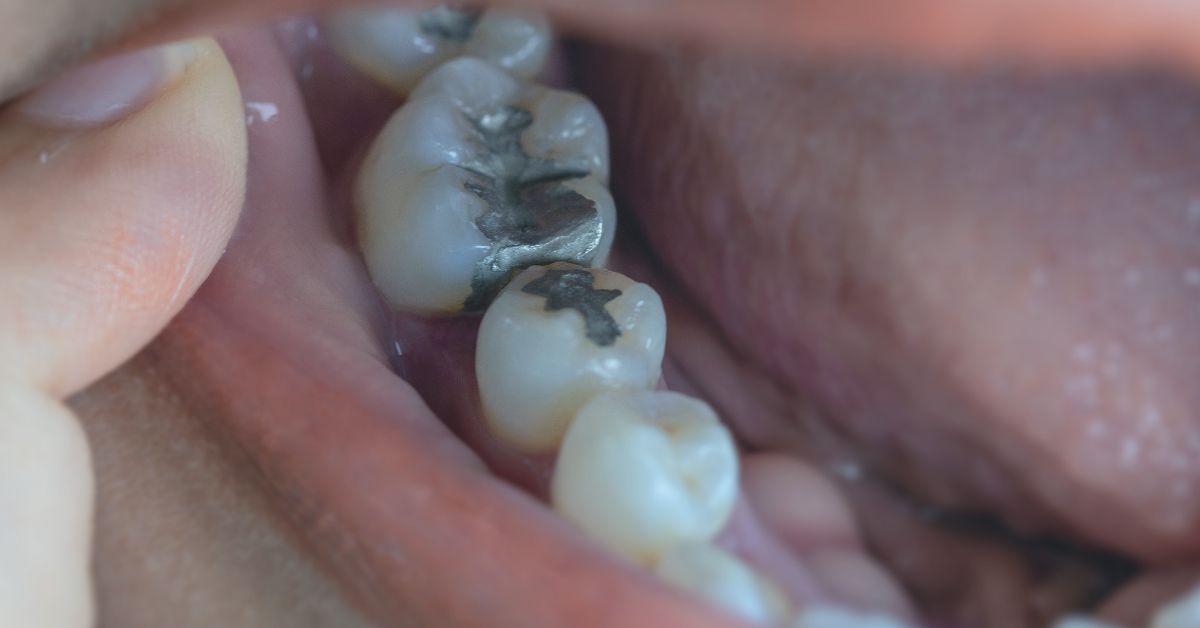

![PDF] Dry Socket Etiology, Diagnosis, and Clinical Treatment Techniques](https://d3i71xaburhd42.cloudfront.net/c80eaa81ee0ce272f24e5fe84be66723e78371ff/2-Figure1-1.png)